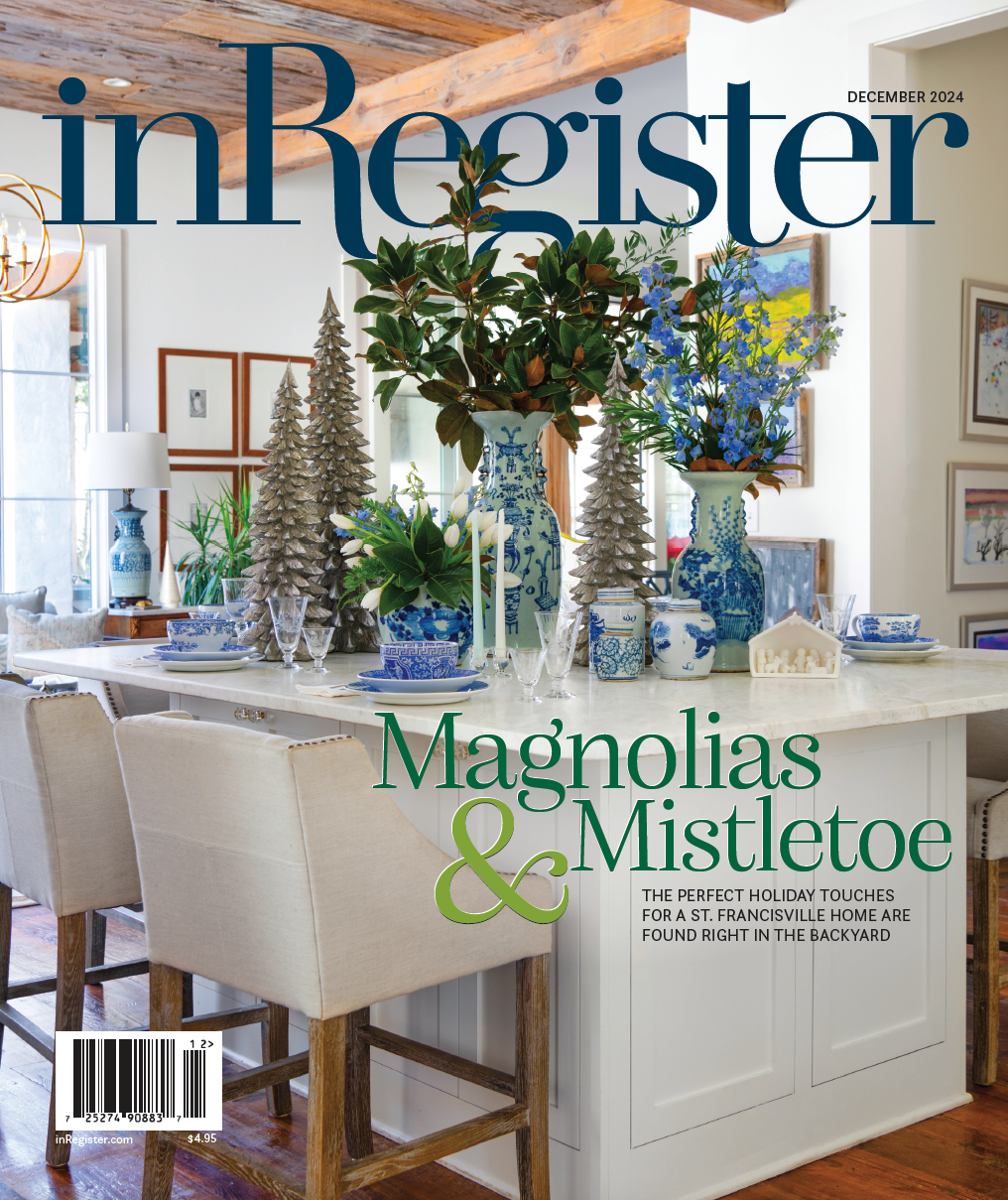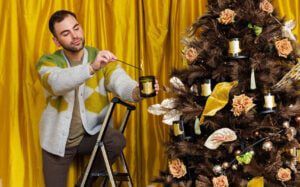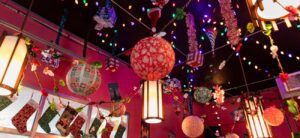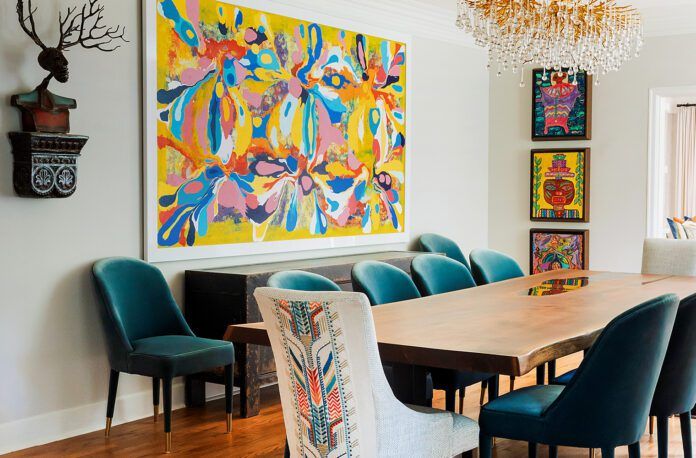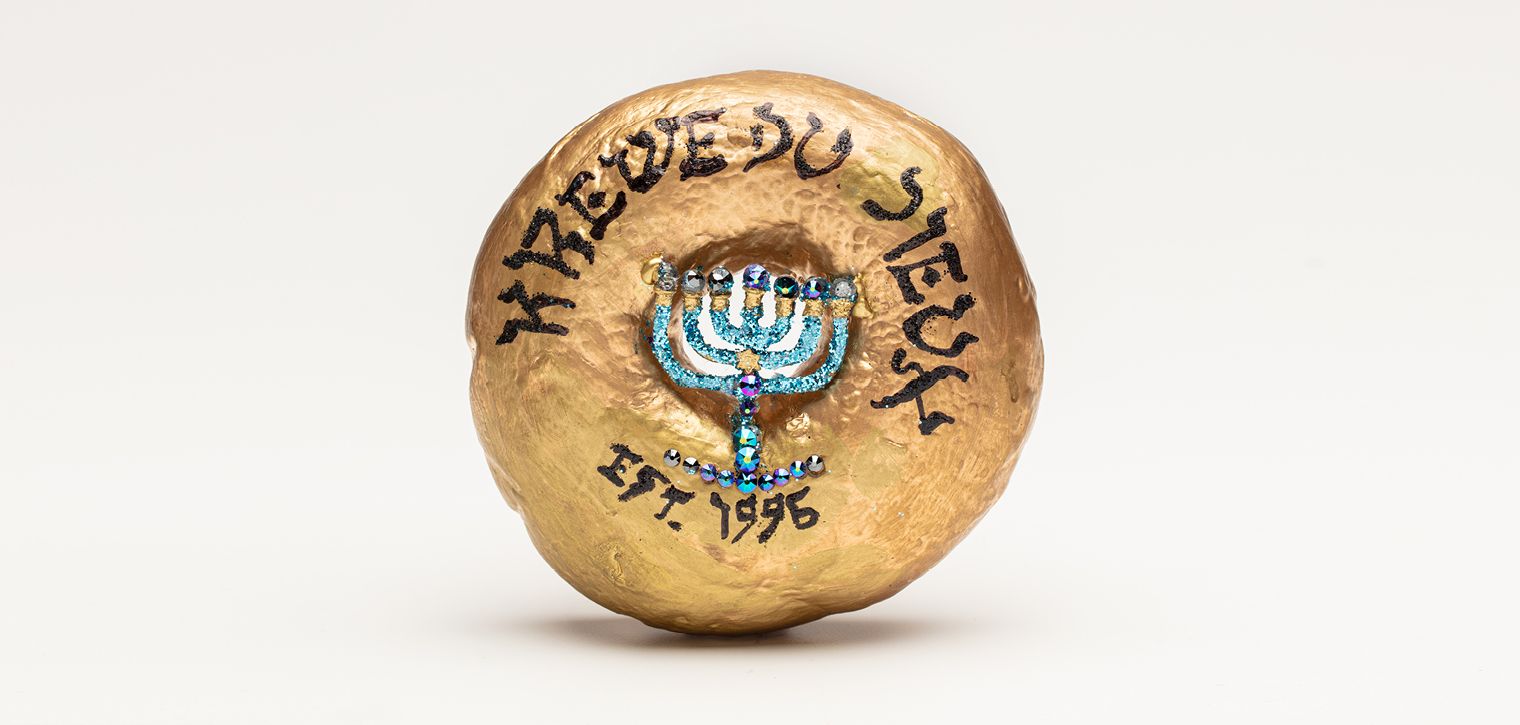
Hidden histories: The new Museum of the Southern Jewish Experience aims to expand understanding
The traditional story of Jewish immigration to the United States typically takes audiences on a trip through Ellis Island and then down through the Northeast or Midwest, stopping in well-known enclaves like Chicago or Brooklyn’s Borough Park where influence ranges from the simple pleasures of Katz’s Delicatessen to tourist-laden monuments steeped in history.
In the South, though, our ports and practices make for a slightly different tale. This is a region where Judaism—though less common than elsewhere in the country—raised communities of distinct detail and cultural complexity, whether in the bayous of Baton Rouge or the side streets of Savannah. Now, a collection of artifacts that began at a Jewish summer camp in Mississippi is making its grand New Orleans debut, thanks to the Museum of the Southern Jewish Experience opening its doors in late May to a vast array of ever-growing exhibitions.
“I was working at the National WWII Museum when I was approached about the MSJE,” says MSJE executive director Kenneth Hoffman, a Baton Rouge native whose own Jewish roots include memories of attending Beth Shalom Synagogue on Jefferson Highway. “We’re using the same exhibit designers that we worked with at the WWII Museum, and I have experience with the topic of Southern Jewish history, which I studied at Tulane, so we’re excited to bring this to New Orleans where it can truly become a destination.”
Hoffman is quick to note that visitors don’t need to be Jewish, or even Southern, to appreciate the stories told at the Howard Avenue attraction. With multiple varieties of exhibitions filling the halls—from chronological exhibitions that extend all the way back to the colonial history of Southern Jews, to thematic exhibitions that teach the beliefs and practices of Judaism alongside artifacts from all 13 Southern states—the museum aims to be less of a glass case and more of an immersive experience.
“Everyone knows what it’s like to be a ‘stranger in a strange land’ to some extent. These are universal experiences,” says Hoffman. “By showing people these stories, we hope to expand people’s understanding of what it means to be a Southerner, what it means to be Jewish, and, ultimately, what it means to be an American.”

